Bearded dragons are popular reptile pets known for their generally docile nature, but not every dragon wants to be handled. When your scaly friend seems resistant to touch, it can feel disappointing or even worrying. Understanding why your bearded dragon might shy away from handling and learning proper techniques to address this behavior can greatly improve your relationship with your pet. This article explores the causes behind touch-averse behavior in bearded dragons and provides practical strategies to help both you and your reptilian companion feel more comfortable with handling.
Understanding Natural Bearded Dragon Behavior
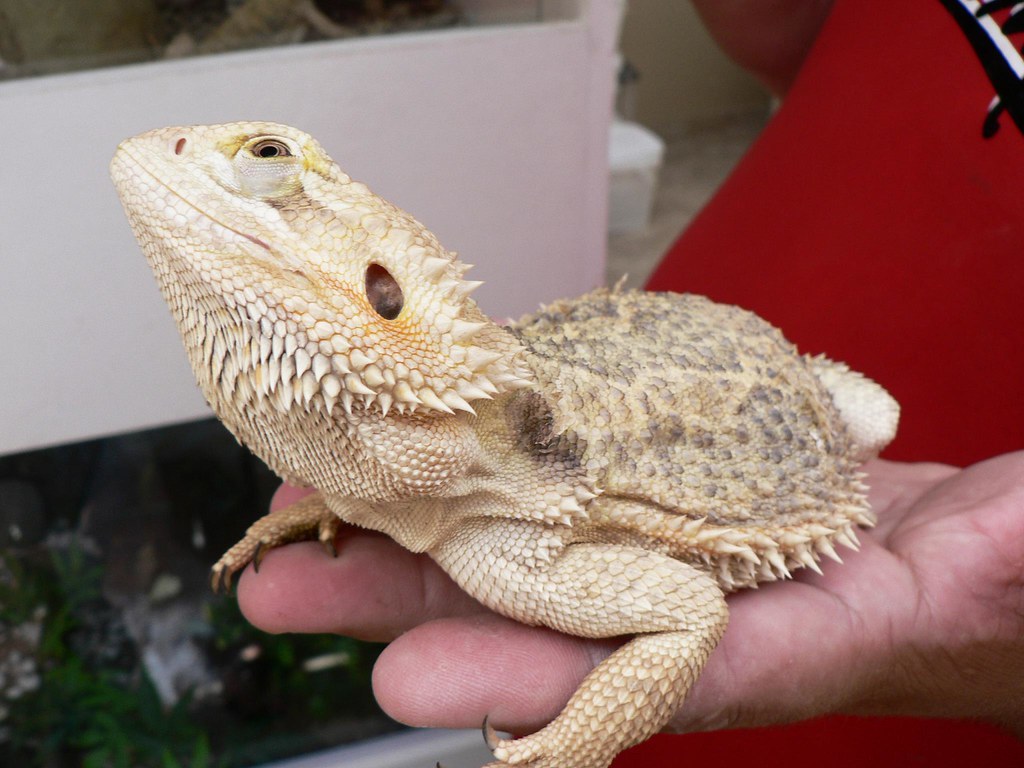
Bearded dragons are naturally solitary creatures that don’t seek physical affection in the way mammals do. In the wild, these reptiles rarely interact with each other except during breeding season or territorial disputes. Being picked up by a large creature like a human isn’t something that comes naturally to them, regardless of how domesticated they seem. This doesn’t mean they can’t enjoy interaction with humans, but their tolerance for handling develops through positive experiences and trust-building over time. Understanding this fundamental aspect of bearded dragon psychology helps set realistic expectations for your relationship with your pet.
Recognizing Signs of Stress and Discomfort

Bearded dragons communicate their discomfort through various physical signals that owners should learn to recognize. A stressed dragon may display a darkened beard, flattened body posture, or rapid breathing when approached. More obvious signs include hissing, puffing up their beard, opening their mouth in a defensive display, or attempting to run away when you reach for them. Some dragons may also wave their arms or bob their heads rapidly when feeling threatened. By recognizing these stress indicators early, you can adjust your approach before your dragon becomes severely distressed, potentially preventing a negative association with handling.
Potential Reasons for Handling Aversion

Several factors might contribute to your bearded dragon’s reluctance to be touched. New dragons often need time to acclimate to their environment before feeling comfortable with handling. Previous negative experiences, such as rough handling by previous owners or children, can create lasting anxiety around human touch. Health issues like impaction, shedding discomfort, or infections may make your dragon sensitive to being picked up. Environmental stressors including incorrect temperature gradients, inappropriate lighting, or cramped enclosures can also make dragons more defensive and less receptive to interaction. Female bearded dragons preparing to lay eggs often become particularly touch-averse and require special consideration.
Creating a Stress-Free Environment
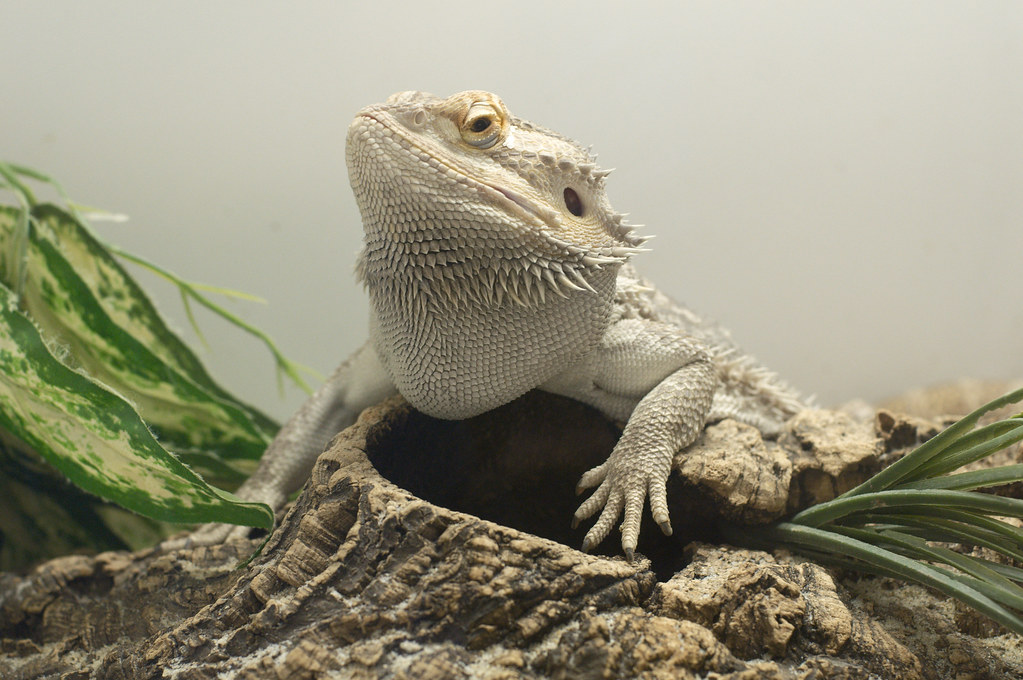
Establishing the optimal habitat for your bearded dragon can significantly reduce overall stress and make them more receptive to handling. Ensure your enclosure provides proper temperature gradients with a basking spot of 95-105°F (35-40°C) and a cooler side around 75-85°F (24-29°C). Install appropriate UVB lighting that spans at least two-thirds of the enclosure to support vitamin D synthesis and calcium metabolism. Provide various hiding spots where your dragon can retreat when feeling insecure, as this creates a sense of safety and control. Keep the enclosure in a relatively quiet location away from loud televisions, barking dogs, or high-traffic areas that might contribute to chronic stress.
The Importance of Proper Socialization

Proper socialization is crucial, especially for young bearded dragons or those new to your home. Begin by simply spending time near the enclosure without attempting to handle your dragon, allowing them to grow accustomed to your presence. Speak softly around your pet so they become familiar with your voice and associate it with safety. Hand-feeding favorite treats creates positive associations with your hands and scent. This slow socialization process builds the foundation for a trusting relationship between you and your bearded dragon. For dragons with severe handling aversion, this initial socialization period might need to extend for several weeks before attempting any physical contact.
Hand-Feeding Techniques to Build Trust
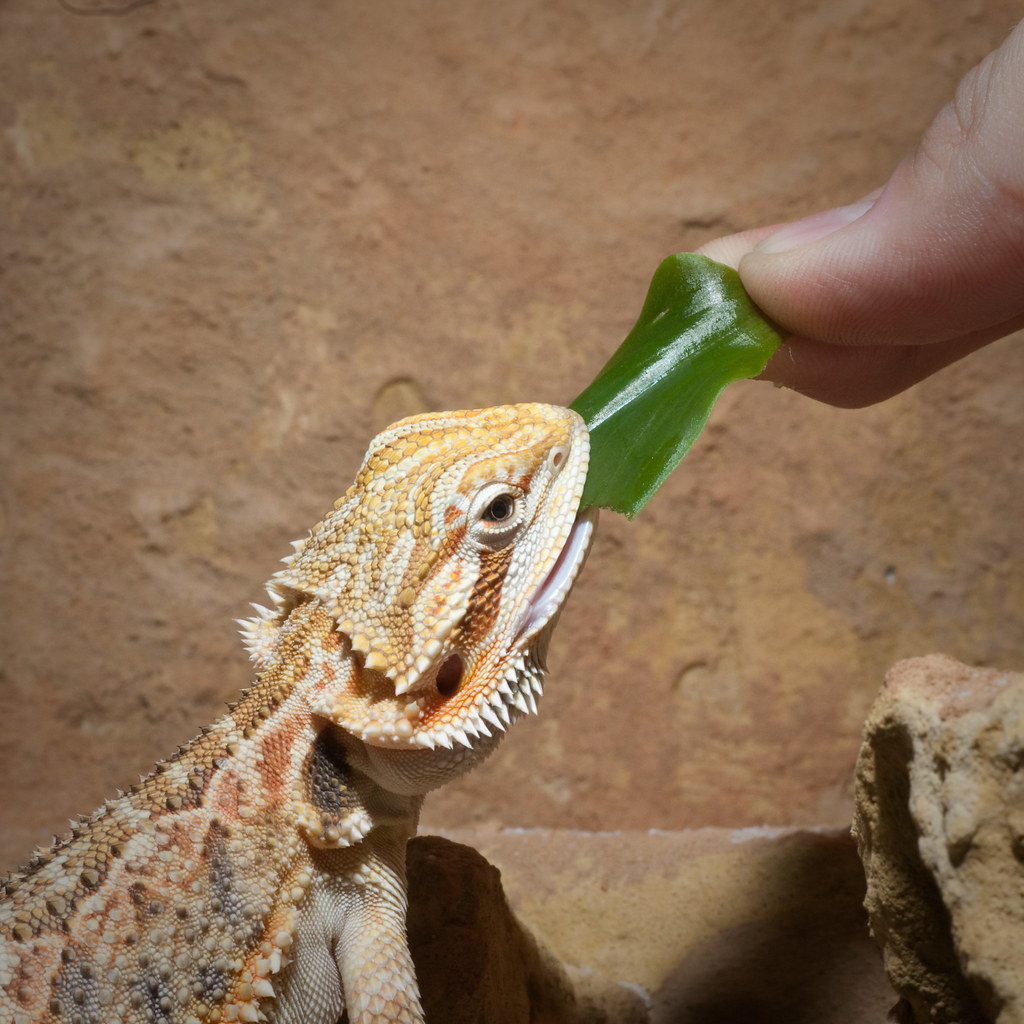
Hand-feeding serves as an excellent gateway to physical contact with your bearded dragon. Begin by offering particularly enticing treats like hornworms, waxworms, or small pieces of favorite fruits from your fingertips. Hold the food item still and allow your dragon to approach at their own pace, rather than moving your hand toward them, which could be perceived as threatening. Gradually progress to offering food from your flat palm, which accustoms your dragon to climbing onto your hand voluntarily. For especially shy dragons, consider using feeding tongs initially, gradually shortening the distance between your hand and the food until your dragon becomes comfortable taking food directly from you.
The Proper Approach for Handling

How you approach your bearded dragon for handling can dramatically influence their willingness to be touched. Always approach from the side rather than from above, as predators typically attack reptiles from overhead. Move slowly and deliberately, avoiding sudden movements that trigger their predator-avoidance instincts. Before attempting to pick up your dragon, place your hand in the enclosure and allow them to investigate it through tongue-flicking, which is how they gather sensory information. Speak softly throughout the approach to help your dragon associate your voice with the handling experience. Always make sure your dragon sees your hand coming rather than surprising them with touch from outside their field of vision.
Correct Lifting and Support Techniques
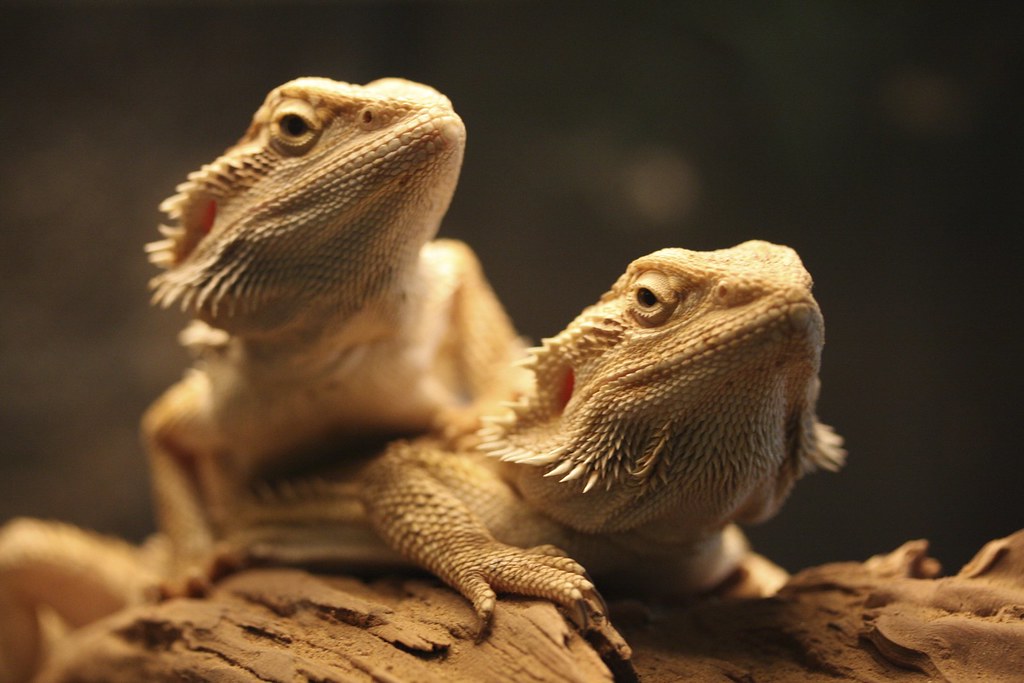
Proper support is essential when handling a bearded dragon, as improper lifting can cause fear and resistance to future handling attempts. Always support your dragon’s entire body, particularly their legs and tail, as feeling unsupported can trigger panic. Place one hand under their chest and front legs while supporting their hind legs and tail with your other hand. Never grab or restrain a bearded dragon by their tail, as this can cause extreme stress and potentially lead to tail autotomy (dropping) in severe cases. For dragons that struggle when lifted, try the “scooping” method where you gently slide your hand under their body, lifting them in one smooth motion while maintaining full support.
Establishing a Handling Routine
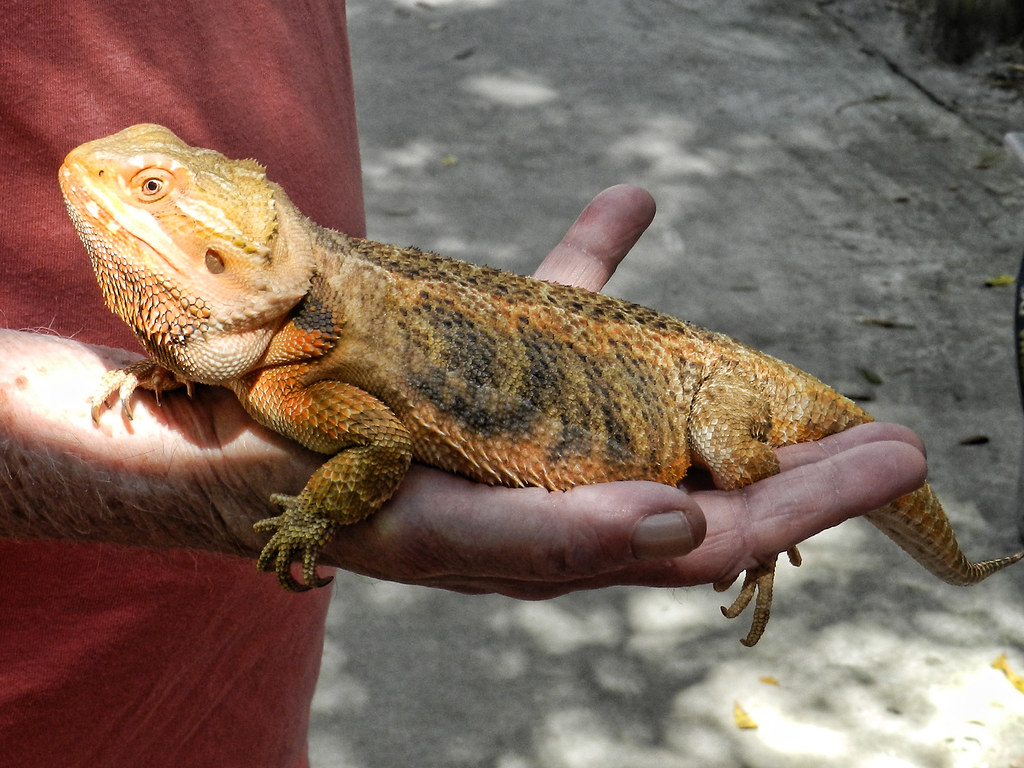
Consistency plays a vital role in helping your bearded dragon become comfortable with handling. Establish a regular handling schedule, ideally during their active periods when they’re naturally more alert and responsive. Keep initial handling sessions very brief—just 30 seconds to one minute—gradually increasing duration as your dragon shows signs of comfort. Avoid handling during shedding periods when their skin is sensitive, immediately after meals when handling could cause regurgitation, or during brumation when their metabolism slows. Creating a predictable routine helps your bearded dragon know what to expect, reducing the stress associated with unexpected handling.
Training with Positive Reinforcement
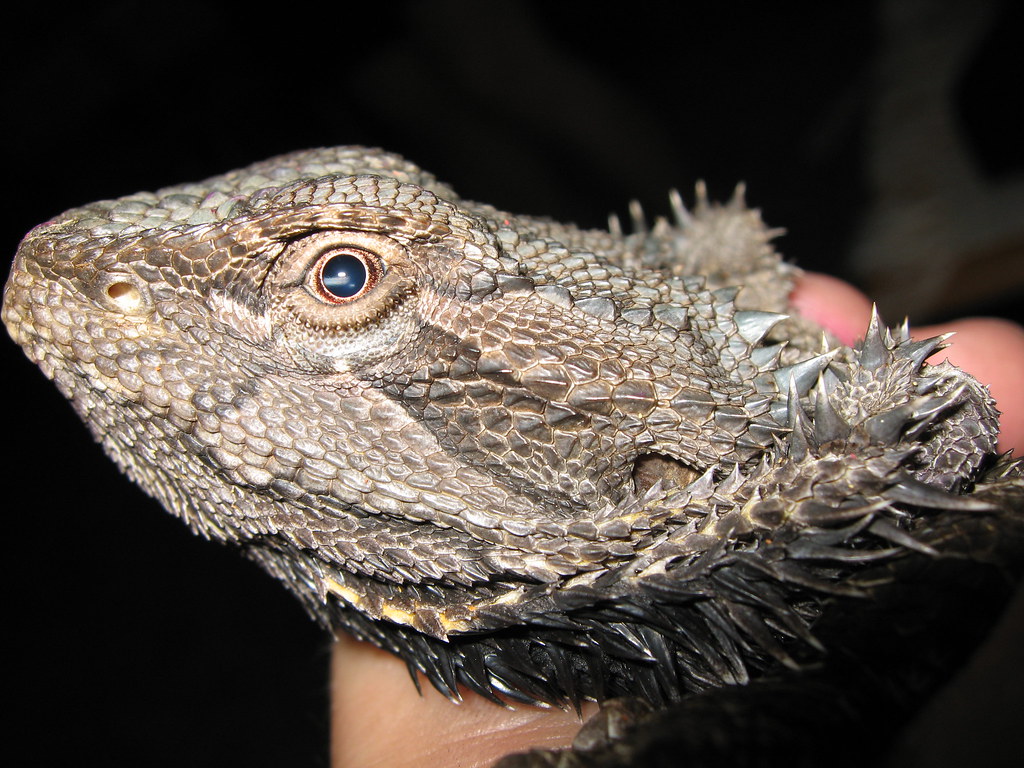
Positive reinforcement can effectively change your bearded dragon’s association with handling from negative to positive. Immediately following successful handling sessions, offer a favorite treat like a hornworm or small piece of mango as a reward. This creates a clear connection between tolerating handling and receiving something pleasurable. Some bearded dragons also enjoy gentle scratching under the chin or along the sides as a reward during handling. Pay close attention to your individual dragon’s preferences, as what constitutes a reward varies among individuals. Never force prolonged handling sessions in an attempt to “train” your dragon to accept touching, as this negative experience will only reinforce their aversion.
Special Considerations for Rescued or Traumatized Dragons
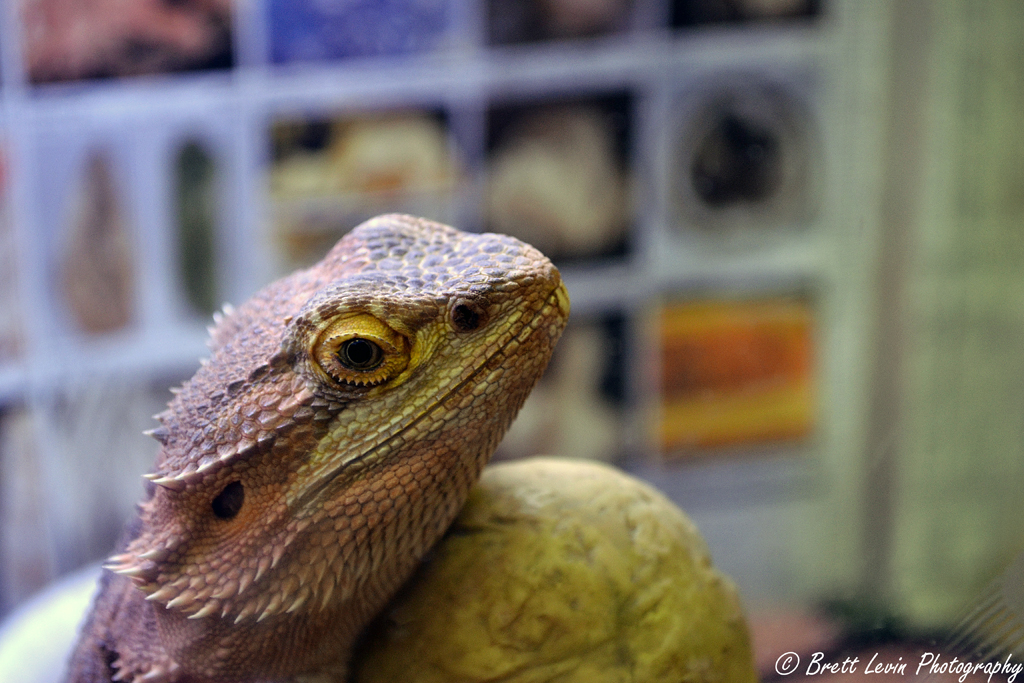
Bearded dragons with a history of neglect or mistreatment require extra patience and specialized handling approaches. These animals may have deep-seated fear responses that take months or even years to overcome. Begin by simply sitting near their enclosure daily, making no attempts to handle or even reach toward them. Progress extremely gradually through socialization steps, spending weeks or months at each stage before advancing. Consider consulting with a reptile behaviorist who specializes in rehabilitating traumatized animals if your dragon shows extreme fear responses like aggressive displays or stress-induced immobility. Remember that some rescued dragons may never become fully comfortable with handling, and respecting their boundaries is part of responsible ownership.
When to Consult a Veterinarian
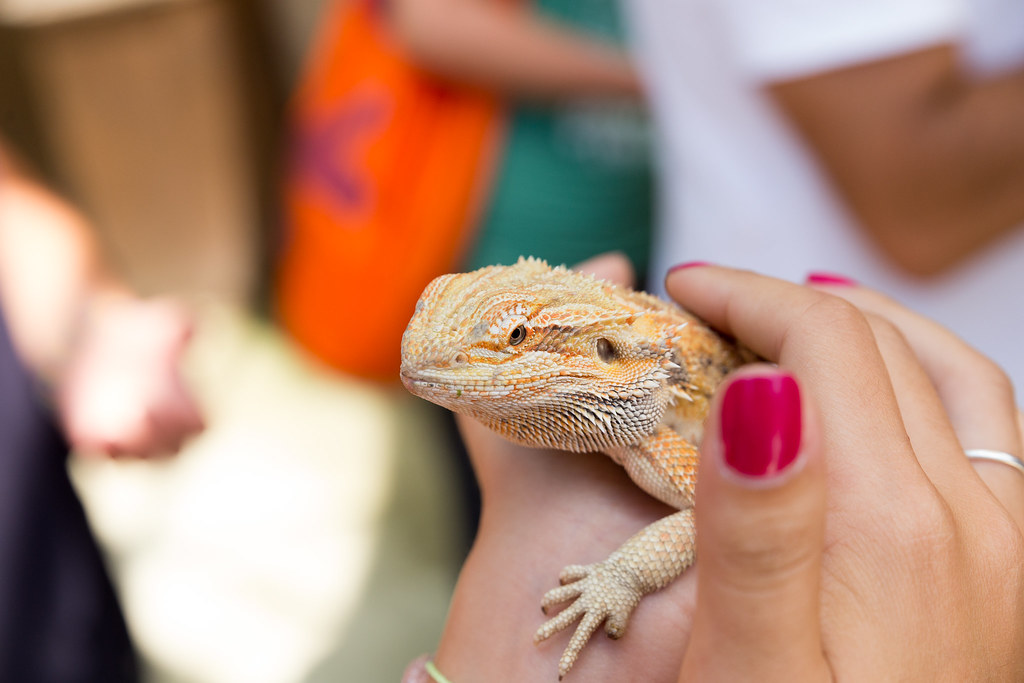
Sometimes a bearded dragon’s aversion to handling stems from underlying health issues rather than behavioral concerns. If your previously handleable dragon suddenly becomes resistant to touch, schedule a veterinary examination with a reptile specialist. Pain from conditions like metabolic bone disease, impaction, respiratory infections, or internal parasites can make handling uncomfortable. Female dragons may become particularly sensitive when developing eggs, a condition called gravidity, which requires veterinary monitoring. A sudden change in behavior almost always warrants medical investigation rather than assuming it’s purely a behavioral issue. Addressing any underlying health concerns is essential before attempting to modify handling-averse behavior.
Knowing When to Respect Boundaries
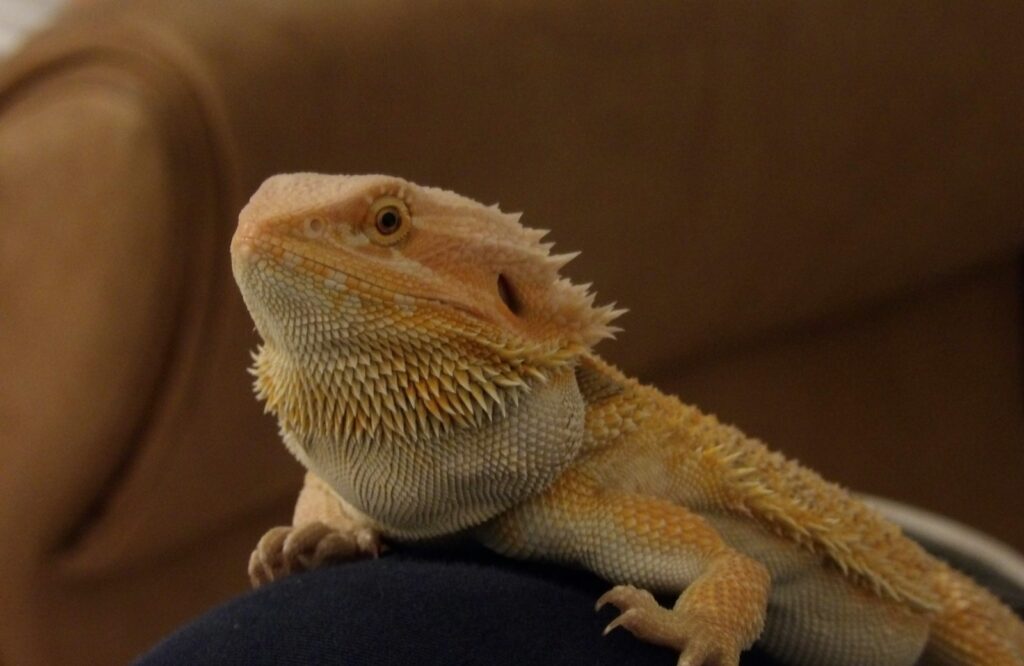
Ultimately, some bearded dragons may never enjoy being handled, and responsible ownership includes accepting their individual temperament. If your dragon consistently shows stress signals despite months of patient work, consider focusing on alternative forms of interaction like hand-feeding or target training that don’t require physical contact. Creating enrichment activities within their enclosure can provide mental stimulation without the stress of handling. Remember that forcing handling on a consistently resistant dragon significantly impacts their quality of life and psychological well-being. A happy, healthy dragon that prefers limited handling is preferable to a stressed dragon that tolerates it unwillingly.
Conclusion
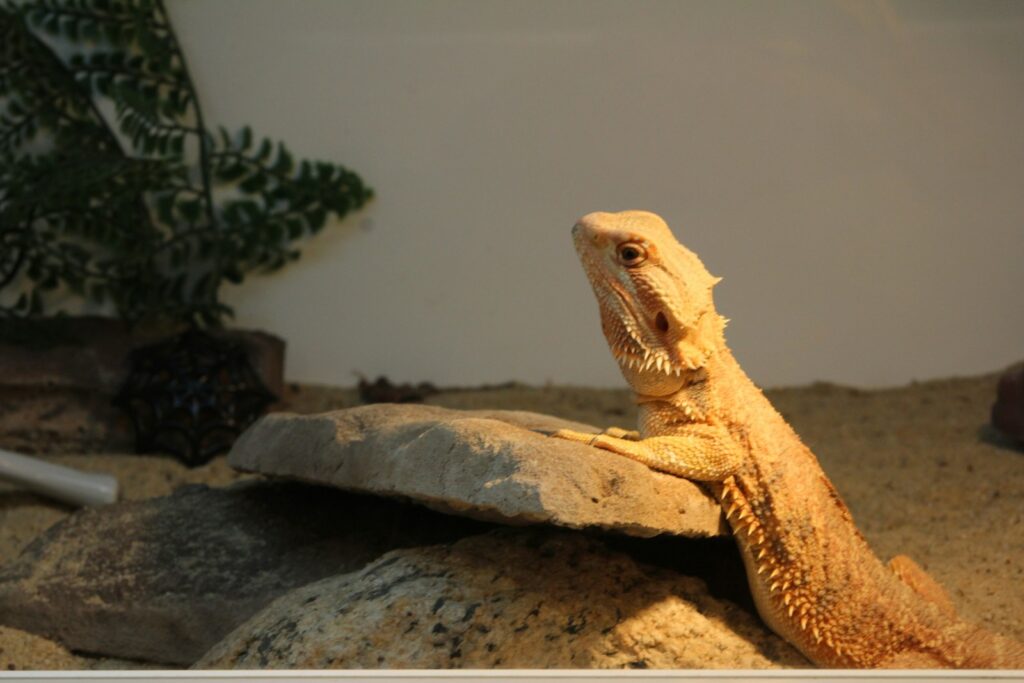
Building a relationship with a handling-averse bearded dragon requires patience, consistency, and respect for your pet’s individual boundaries. By understanding the natural behavior of these reptiles, creating an optimal environment, and using gentle socialization techniques, many bearded dragons can learn to accept and even enjoy human interaction. Remember that each dragon has a unique personality, and some may always prefer minimal handling. The quality of your relationship with your bearded dragon isn’t measured by how much they tolerate being held, but by the trust and mutual respect you develop through responsive, considerate care.

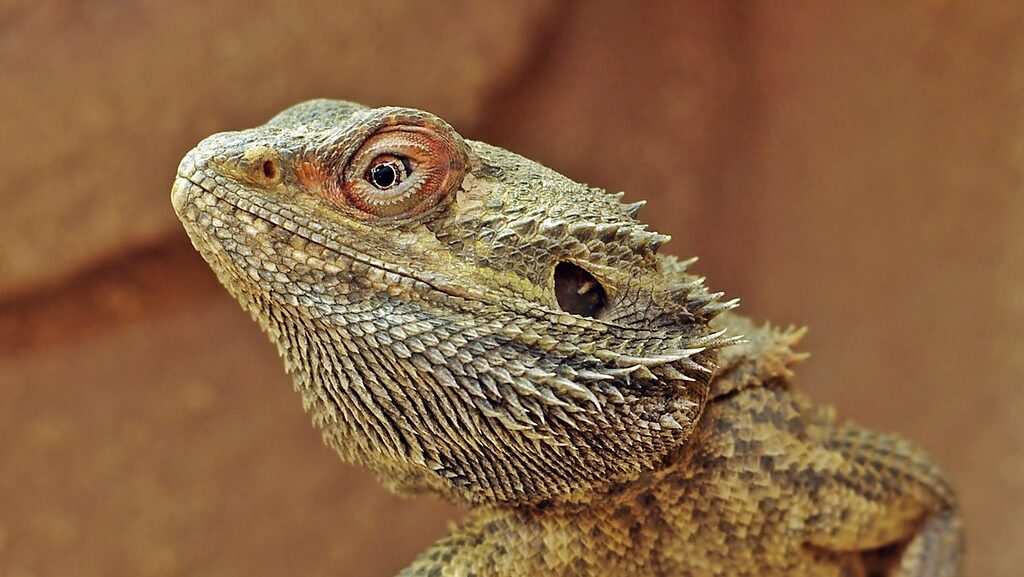





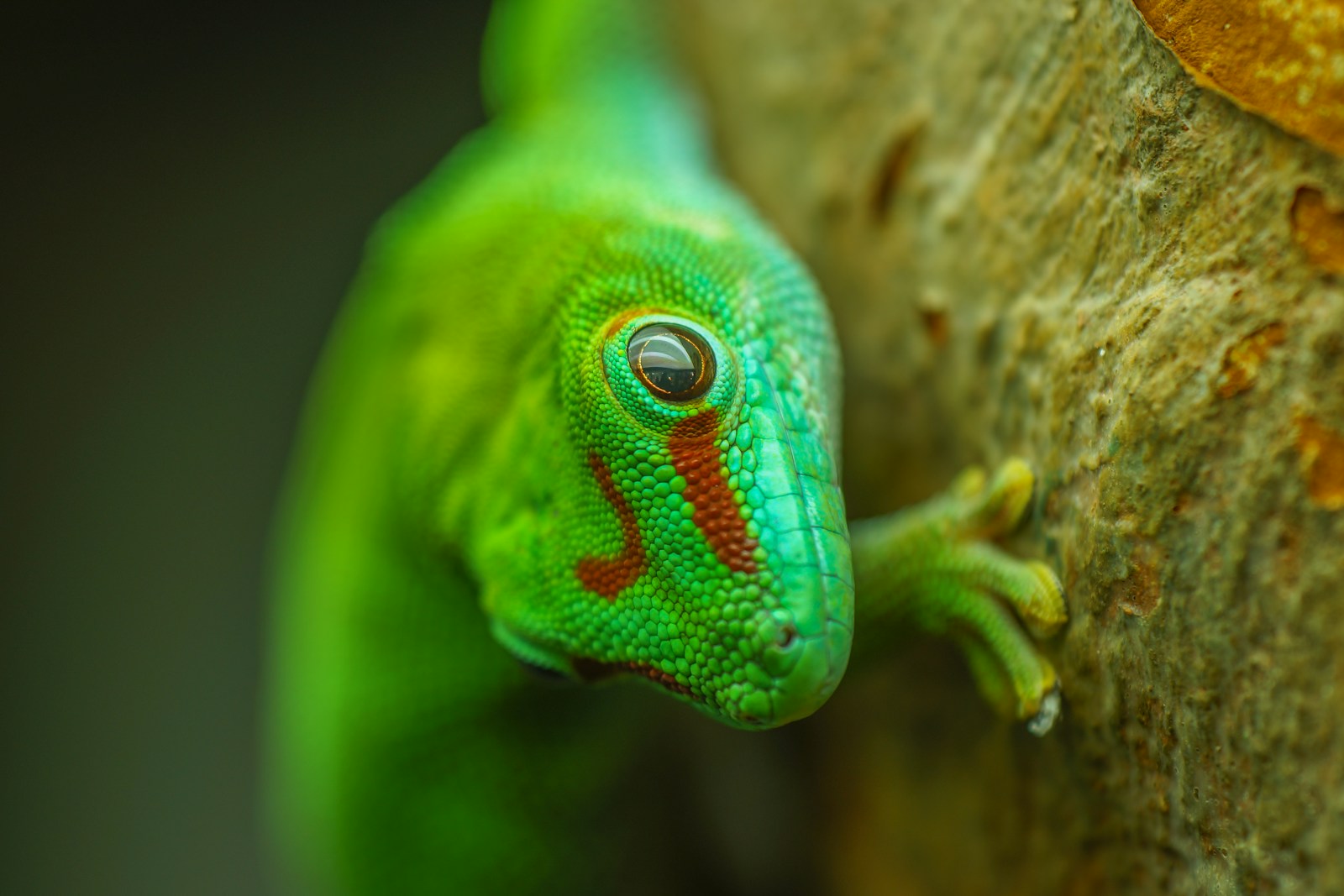
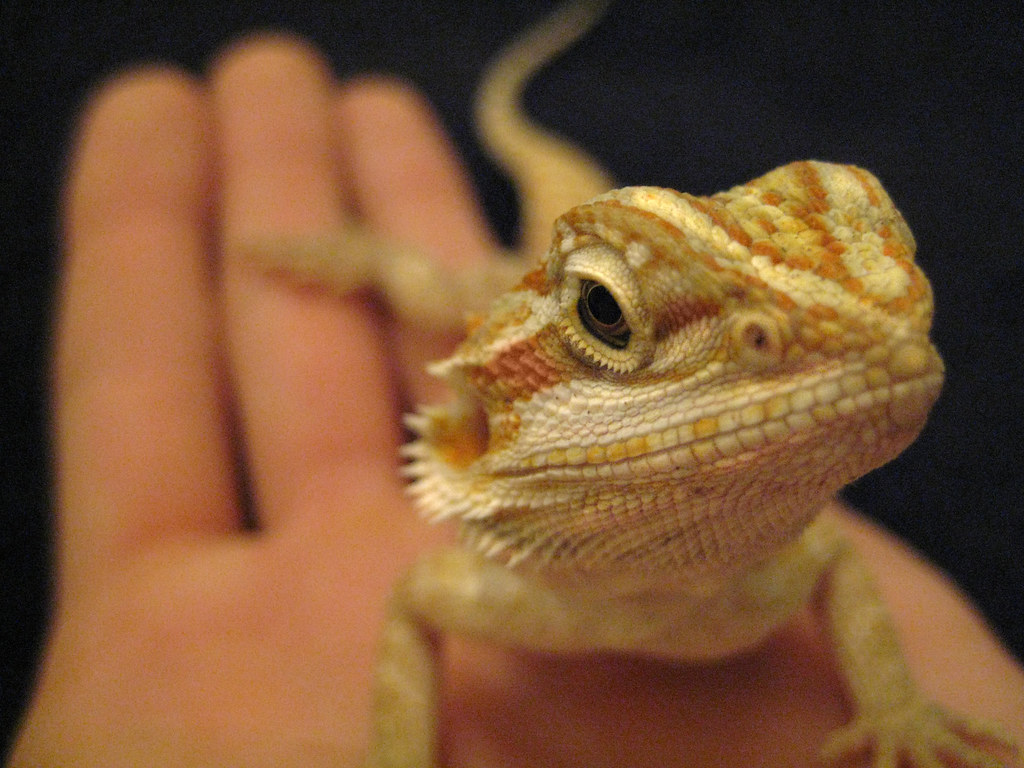


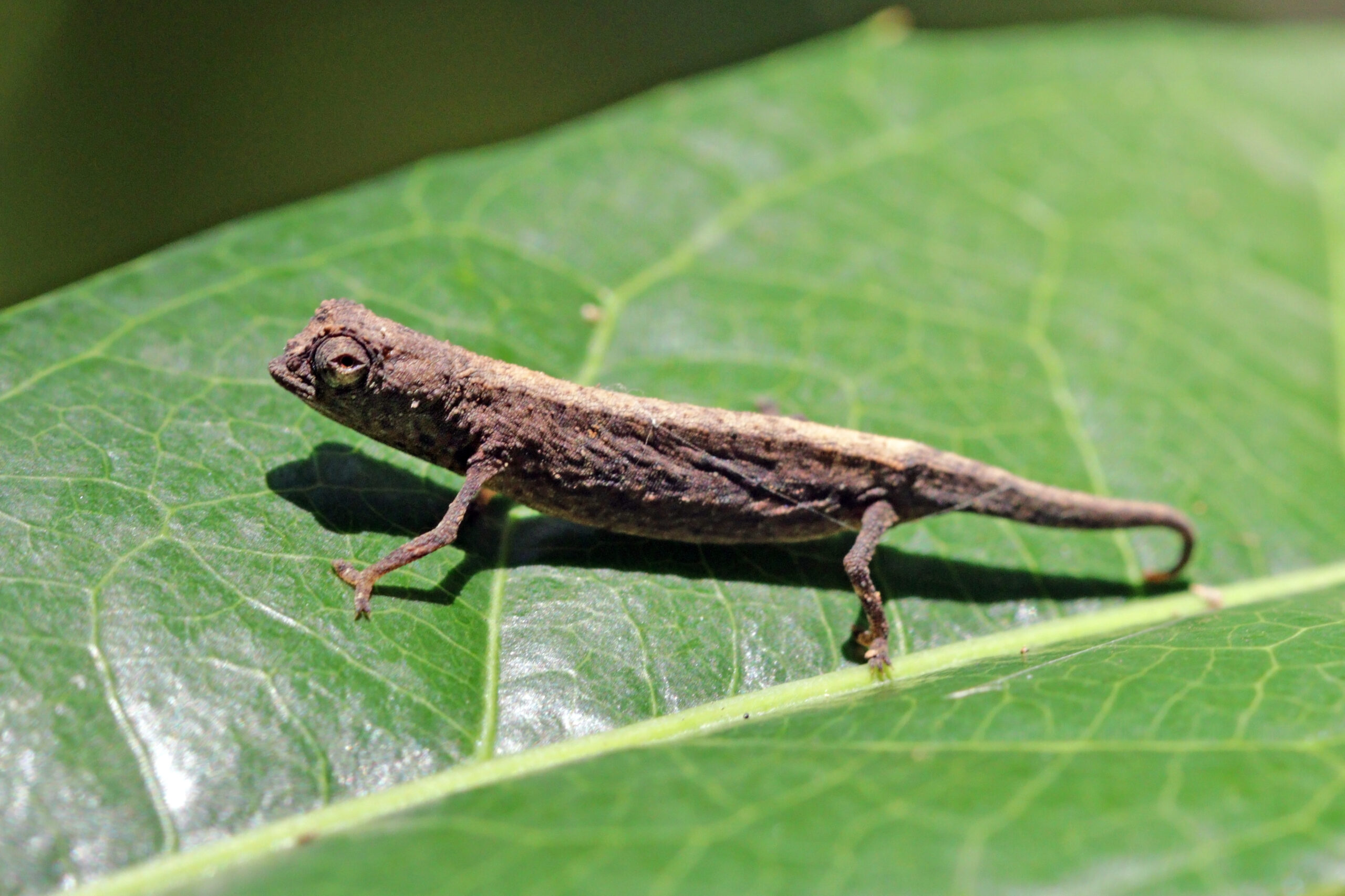




Leave a Reply